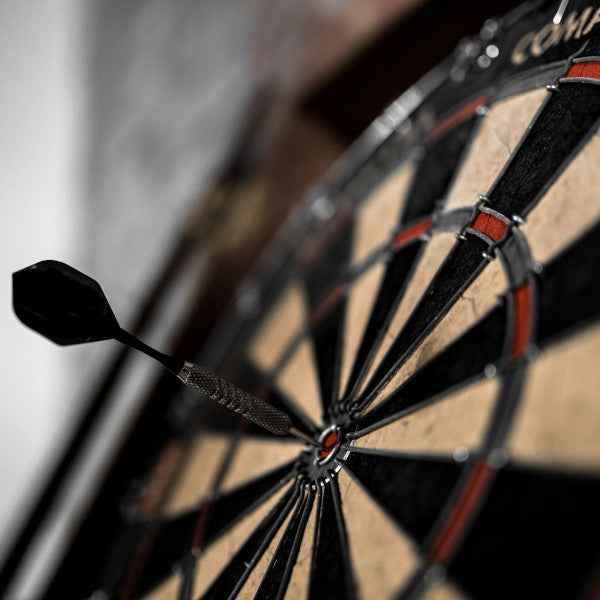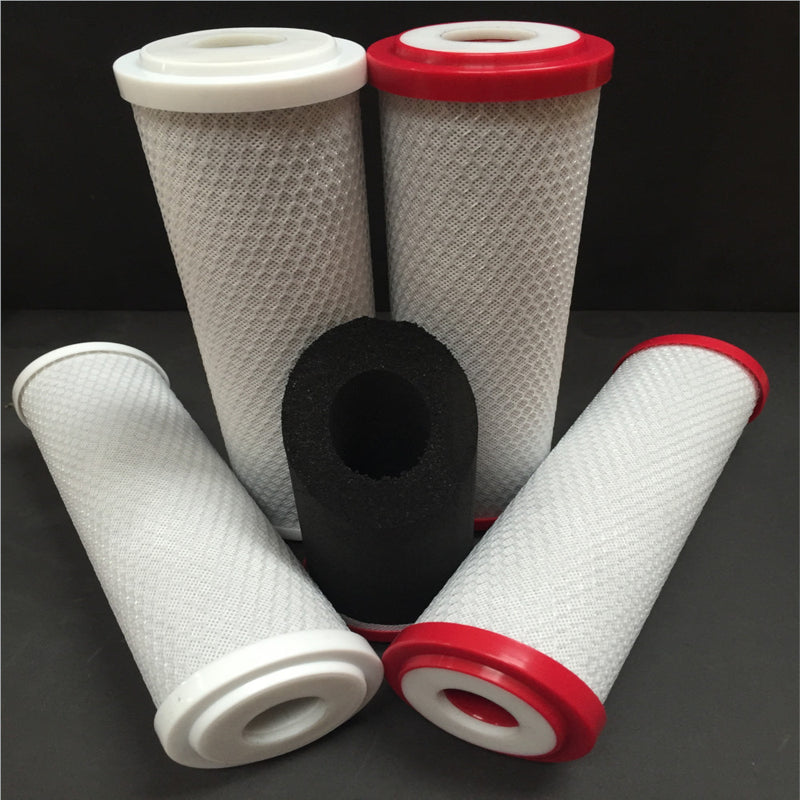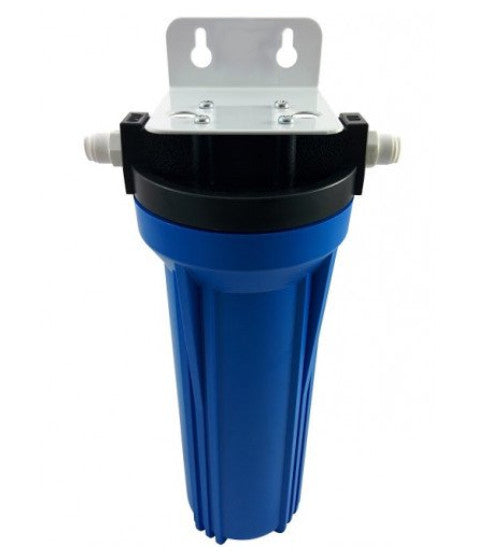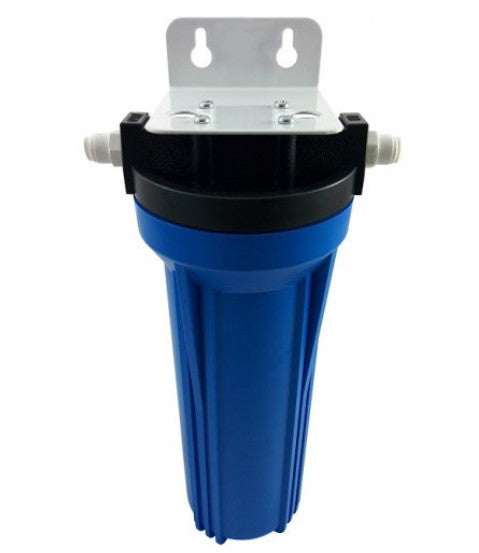How to Find the Best Whole House Water Filter

This is a bit of a minefield if this is your first time dipping your toe in to water treatment. The good news is that once you work out what contaminants you need to take out, or what needs putting in, it’s fairly easy from there. We're going to take you through a quick guide on how to what you need and any considerations you need to be aware of when buying a whole house water filter system. Essentially, they take dirty water and make it clean within a single treatment facility.
What is a whole house filtration system?
Whole house filtration systems can be used on both mains fed and off grid properties to clean incoming water either at the point of entry (POE) or the point of use (POU). Point of entry systems are more popular now because of the compact nature of the kit and the costs dropping to what’s considered reasonable. These systems can filter anything from sticks and leaves (if you’re drinking water from an above ground source) down to bacteria and dissolved chemicals.
Just quickly, any competent plumber would be able to fit anything I'm talking about here. So even if they’ve not come across the equipment before, they shouldn’t come up against anything that they can sort out quickly (from a supply point of view).
Where to start?

Firstly, we need to know why you're looking at a whole house water filter. What you need will be different if you're living in central London compared to being on a farm in the middle of Herefordshire. A great place to start is to have a water analysis carried out. We offer them from £100 testing link but feel free to use any qualified testing house (or ask your local environmental health dept. for help).
After you know what’s in your water, we can help you know what’s going to be useful to get rid of. The usual suspects we come across are microorganisms, dissolved and suspended chemicals and particulates. If you need to deal with more than one element then the cost increase to multi-stage filtration is minimal. The biggest issue is often the space that’s needed if a water sample comes back particularly bad. We often recommend going vertical to keep the footprint to a minimum.
Examples of microorganisms could be e.Coli or Legionella. Chemicals that we come across tend to be heavy metals so are things like Iron and Lead but can also be things like Aluminium and Copper. For urban applications we get asked most often to take out things like Chrorine, Bromine and Fluorine. Those chemicals are added for a reason so it’s good to do some personal research before going ahead with that. Particulates are often sediments from natural springs and boreholes and will just be the stuff that settles at the bottom of your glass or bath when left for a bit. This can also be things like rust (this comes from suspended Iron being oxygenated, which is more common than you might think) and like that though.
Things to take note of
Because your property will be a certain size with a maximum number of people that can fit in there, you will often find that water treatment companies will tell you what you need rather than offer you a selection of products to choose from. This is a quirk of our industry and pretty normal. Feel free to fight your corner if you have your heart set on a particular product, but you will usually find that you tend to get the product that suits your home and requirement. It’s quite rare that we come across anything that has been grossly over or under specified.
We can have a pretty good educated guess if you contact us with minimal or no information. Geography has a sizable role in what you’ll need so if you have a 4-bedroom home in an area that we’ve worked in previously, you can be pretty sure that with a small amount of over-capacity you’ll be covered for the vast majority of anything that would likely cause an issue. This relies on industry experience so be wary dealing with anyone that works like this with giving you fair warning.
Water pressure will ideally be above 3 bar. If it’s lower than that then you’ll be looking at incorporating a booster pump into your system. If you have a shower then you’ll want to do that anyway as we all deserve to have +3 bar pressure water blasted at us regularly.

Set ups and configurations
With triple cartridge brackets and more responsive RO systems now being the norm, it’s become much easier to have everything included in a more efficient (and compact) package. We use UV equipment for anything that has microorganisms present as they’re never good to have in your water and bacteria will grow though RO systems eventually. Reverse osmosis systems are used to take out anything that’s dissolved unless a decent flowrate is important, then we’ll use appropriate cartridge filters. Particulate filtration is used when the water has suspended solids in and is the least expensive of the three options.
Summary
Whole house filtration systems aren’t very amateur friendly but after having one in your home for a few years you will appreciate how simple they are to own. One of the biggest problems we come across are that they’re easy to forget about. That’s why we’ve created our reminder service. With that in place you should never have to worry about having unsafe water again. If you have any questions, regardless of if you're buying one of our products or not, feel free to drop us an email about your personal situation and we may be able to guide you in the right direction.





